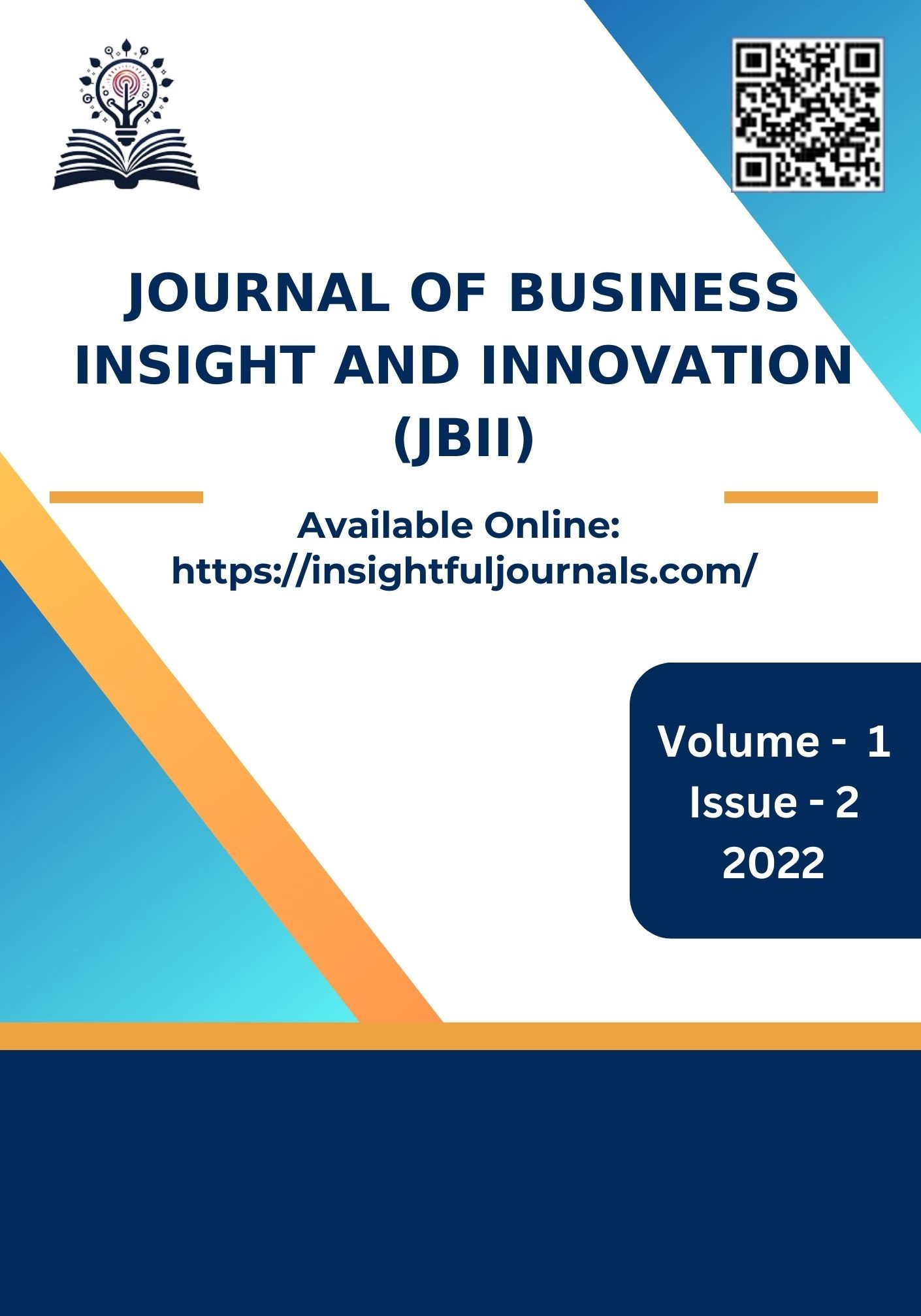The Dynamics of AI and Automation in Financial Forecasting, Human Resources Planning, and Resources Optimization for Designing an Effective National Healthcare Policy
Keywords:
AI, Financial Forecasting, Human Resources, Resource Optimization, Healthcare PolicyAbstract
The policy-making of health systems’ automation and Artificial Intelligence integration has the potential to transform health services. This paper aims at examining how AI contributes to the volume, HR planning and resource use in light of the possibility of developing effective policies to enhance the optimum functioning of national health care systems. Consequently, the paper illustrates the impacts of the current development in AI technologies of boosting the predictive ability, performance, and decision possibility. These impacts are illustrated with such examples as particular cases and theoretical evidence when such questions as ethics and scale are raised. Policy makers are given suggestions that would help to enhance the impact of AI in healthcare domain. The transformative potential of Artificial Intelligence (AI) on health systems is undeniable. This paper delves into how AI can significantly impact crucial aspects such as service volume, human resource planning, and resource utilization within the context of developing effective policies to optimize national healthcare systems. It began by exploring the multifaceted ways in which AI is revolutionizing healthcare delivery. Its ability to analyse vast datasets and identify patterns allows for more accurate predictions of disease outbreaks, patient outcomes, and resource demands. This predictive power empowers healthcare providers to proactively address potential crises, optimize resource allocation, and improve the overall efficiency of healthcare services. AI technologies are poised to revolutionize human resource planning within healthcare systems. By analysing workforce data, predicting future staffing needs, and identifying skill gaps, AI can help optimize workforce distribution, improve recruitment and retention strategies, and ensure that healthcare systems have the right personnel with the necessary skills to meet evolving demands. The paper then examines the impact of AI on resource utilization within healthcare systems. By automating routine tasks, such as administrative work and data entry, AI can free up valuable time for healthcare professionals to focus on patient care. AI-powered technologies can optimize the use of medical equipment, minimize waste, and improve the overall efficiency of resource allocation, leading to cost-effectiveness and improved patient outcomes. The integration of AI in healthcare systems also presents significant challenges. This paper critically examines ethical considerations such as data privacy, algorithmic bias, and the potential for job displacement. It also explores the challenges of scaling AI solutions across diverse healthcare settings and ensuring equitable access to AI-powered technologies for all populations.
References
Alam, F., Almaghthawi, A., Katib, I., Albeshri, A., & Mehmood, R. (2021). iResponse: An AI and IoT-Enabled Framework for Autonomous COVID-19 Pandemic Management. Sustainability 2021, Vol. 13, Page 3797, 13(7), 3797. https://doi.org/10.3390/SU13073797
Analysis of the Influence of Ecology on Human Resources Management in the Healthcare System. (2021). Journal of Environmental Management and Tourism (JEMT), XII(7(55)), 1980–1996.
Bankins, S. (2021a). The ethical use of artificial intelligence in human resource management: a decision-making framework. Ethics and Information Technology, 23(4), 841–854. https://doi.org/10.1007/S10676-021-09619-6/METRICS
Bankins, S. (2021b). The ethical use of artificial intelligence in human resource management: a decision-making framework. Ethics and Information Technology, 23(4), 841–854. https://doi.org/10.1007/S10676-021-09619-6/METRICS
Dwivedi, Y. K., Hughes, L., Ismagilova, E., Aarts, G., Coombs, C., Crick, T., Duan, Y., Dwivedi, R., Edwards, J., Eirug, A., Galanos, V., Ilavarasan, P. V., Janssen, M., Jones, P., Kar, A. K., Kizgin, H., Kronemann, B., Lal, B., Lucini, B., … Williams, M. D. (2021). Artificial Intelligence (AI): Multidisciplinary perspectives on emerging challenges, opportunities, and agenda for research, practice and policy. International Journal of Information Management, 57, 101994. https://doi.org/10.1016/J.IJINFOMGT.2019.08.002
Fatima, S., Desouza, K. C., & Dawson, G. S. (2020). National strategic artificial intelligence plans: A multi-dimensional analysis. Economic Analysis and Policy, 67, 178–194. https://doi.org/10.1016/J.EAP.2020.07.008
Garza, A. (2020a). INTEGRATING OPTIMIZATION AND ARTIFICIAL INTELLIGENCE - AGENT BASED MODELING FOR OPTIMAL WORKFORCE PLANNING.
Garza, A. (2020b). INTEGRATING OPTIMIZATION AND ARTIFICIAL INTELLIGENCE - AGENT BASED MODELING FOR OPTIMAL WORKFORCE PLANNING.
Human Resource Management in the Digital Age: Big Data, HR Analytics and Artificial Intelligence. (2018). Management and Technological Challenges in the Digital Age, 1–30. https://doi.org/10.1201/9781351238922-1
Kalusivalingam, A. K., Sharma, A., Patel, N., & Singh, V. (2020). Optimizing Workforce Planning with AI: Leveraging Machine Learning Algorithms and Predictive Analytics for Enhanced Decision-Making. International Journal of AI and ML, 1(3). https://cognitivecomputingjournal.com/index.php/IJAIML-V1/article/view/53
Song, Y., & Wu, R. (2021). Analysing human-computer interaction behaviour in human resource management system based on artificial intelligence technology. Knowledge Management Research & Practice. https://doi.org/10.1080/14778238.2021.1955630
Downloads
Published
How to Cite
Issue
Section
License
Copyright (c) 2022 Tamim Ahmed, Ananna Mosaddeque, Amjad Hossain, Umma Twaha, Mantaka Rowshon, Binso Babu

This work is licensed under a Creative Commons Attribution-NonCommercial-ShareAlike 4.0 International License.





